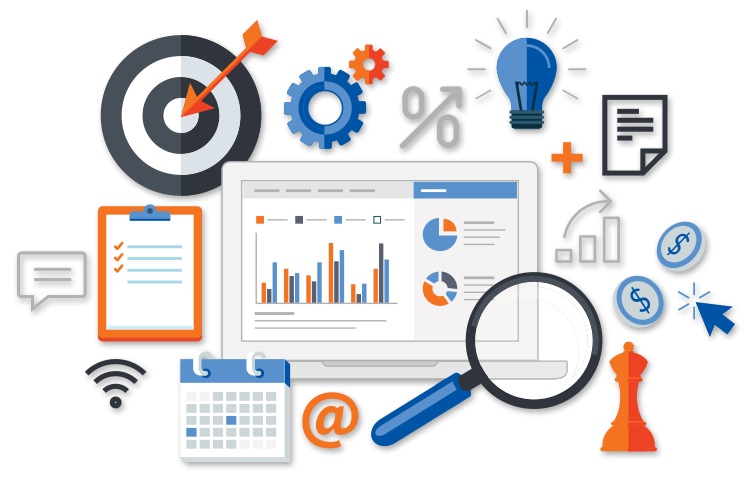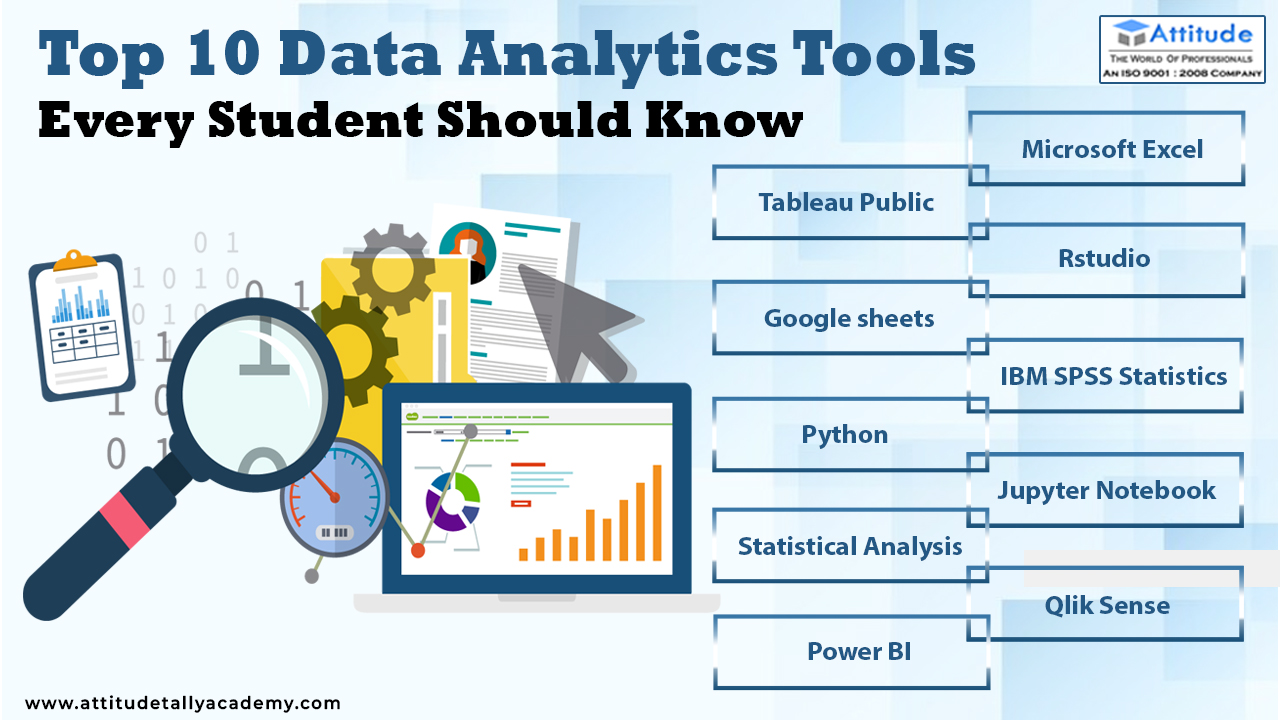Increase Effectiveness and Productivity Via Information Analytics
In today's data-driven landscape, businesses are increasingly recognizing the pivotal role of information analytics in boosting functional effectiveness and success. By systematically evaluating information, organizations can discover essential understandings that notify calculated decisions, improve processes, and dressmaker client experiences (Analytics). The challenge exists not only in the implementation of these logical tools yet likewise in understanding just how to equate information right into actionable end results. As we explore the subtleties of efficient data-driven strategies, the effects for both short-term gains and long-term success ended up being increasingly clear. What might these understandings reveal for your company?
Understanding Data Analytics
In today's data-driven landscape, recognizing data analytics is crucial for organizations aiming to improve functional efficiency and drive success. Information analytics entails the systematic computational analysis of data collections to reveal patterns, correlations, and insights that notify decision-making. By utilizing numerous techniques, such as statistical analysis, maker discovering, and anticipating modeling, companies can transform raw data into workable knowledge.
The procedure commonly starts with information collection, where relevant information is gathered from several sources, including transactional data sources, consumer communications, and market fads. This data is then cleaned and organized to guarantee accuracy and consistency. As soon as the information is prepared, logical devices and software program are made use of to envision the details and discover, allowing stakeholders to determine anomalies and trends.
Ultimately, understanding data analytics encourages companies to make enlightened choices based on empirical evidence instead than instinct. It assists in targeted methods that can enhance resource allocation, boost consumer contentment, and boost general performance. As businesses significantly acknowledge the value of data-driven understandings, a solid grasp of information analytics ends up being a vital competency for leaders and teams alike, placing them for continual success in an affordable setting.

Trick Benefits for Organizations
Services that leverage information analytics can unlock a wide variety of advantages that substantially enhance their procedures and profitability. Among the key benefits is enhanced decision-making. Information analytics offers workable understandings originated from real-time information, allowing services to make enlightened choices that line up with market needs and consumer preferences.
Furthermore, data analytics promotes improved client experiences. By recognizing consumer actions and preferences, businesses can tailor their offerings, resulting in enhanced fulfillment and commitment. This individualized strategy usually causes greater conversion prices and repeat service.
Moreover, data analytics allows companies to identify arising possibilities and patterns. By remaining ahead of the curve, companies can exploit on brand-new markets and advancements before their competitors.
Applying Data-Driven Approaches
Effective application of data-driven strategies calls for a thorough understanding of both business goals and readily available information sources. Organizations needs to first specify their goals clearly, ensuring positioning between data initiatives and calculated objectives. This clarity makes it possible for teams to concentrate on appropriate metrics and insights that drive decision-making.
Next, companies should analyze their existing data framework. This includes evaluating information quality, availability, and integration capacities. Premium data is necessary for accurate analysis, as inadequate data can cause misguided methods and squandered sources. Organizations must establish procedures for data collection, cleaning, and monitoring to maintain data stability.
Additionally, promoting a data-driven pop over to these guys society is essential. Workers at all levels ought to be motivated to utilize information in their daily operations. Training programs and workshops can enhance information literacy, empowering staff to make informed decisions based on analytical insights.
Tools and Technologies Overview
A robust suite of tools and technologies is necessary for companies intending to harness the complete capacity of data analytics. These tools help with the collection, processing, and visualization of data, enabling companies to derive actionable insights.
At the fundamental degree, information administration platforms such as SQL databases and NoSQL systems provide efficient information storage space and access abilities. For data processing and evaluation, shows languages like Python and R, together with frameworks such as Apache Spark, enable intricate calculations and equipment discovering applications.
Visualization tools, consisting of Tableau and Power BI, transform raw data into intuitive visual layouts, making insights accessible to stakeholders whatsoever degrees. Furthermore, cloud-based platforms like hop over to these guys Google Cloud and AWS offer scalable storage space and handling solutions, suiting the expanding volumes of information organizations encounter.
For innovative analytics, anticipating modeling and AI-driven solutions are significantly embraced, allowing business to forecast patterns and enhance decision-making procedures. Integrating these devices into existing process is critical; companies that effectively leverage this innovation can considerably boost operational performance and drive success. Hence, buying the right devices and innovations is a critical crucial for any data-driven company.
Case Research Studies of Success
Leveraging information analytics has actually led numerous organizations to achieve exceptional enhancements in performance and productivity. One notable situation is a big retail chain that applied anticipating analytics to optimize inventory management. By evaluating historical sales data and customer patterns, the business decreased excess stock by 30%, causing substantial price financial savings and boosted cash money circulation.
An additional instance can be located in the production field, where a leading auto supplier made use of important site information analytics to improve its production processes. By keeping track of device performance in real-time, the company recognized ineffectiveness and bottlenecks, resulting in a 20% rise in total devices efficiency (OEE) This not only boosted manufacturing prices however also minimized downtime and upkeep expenses.

These instance research studies highlight exactly how information analytics can drive tactical decision-making, enhance processes, and eventually boost both efficiency and productivity across different sectors.
Final Thought
Finally, the combination of information analytics right into company procedures offers substantial chances for boosting effectiveness and productivity. By systematically evaluating information, companies can identify inefficiencies, enhance consumer experiences, and make educated choices. The adoption of predictive modeling and real-time tracking additionally makes it possible for businesses to stay ahead of emerging patterns and designate sources properly. Inevitably, the strategic execution of data-driven techniques fosters continual affordable advantages and drives substantial renovations in operational performance and financial outcomes.
In today's data-driven landscape, comprehending information analytics is important for organizations aiming to improve operational efficiency and drive earnings. Information analytics involves the systematic computational analysis of data collections to uncover patterns, connections, and insights that educate decision-making. Data analytics supplies workable insights obtained from real-time data, permitting businesses to make informed options that line up with market demands and consumer preferences.
High-quality information is necessary for accurate evaluation, as inadequate data can lead to illinformed strategies and wasted resources. Organizations must develop procedures for data collection, cleansing, and administration to keep data integrity.